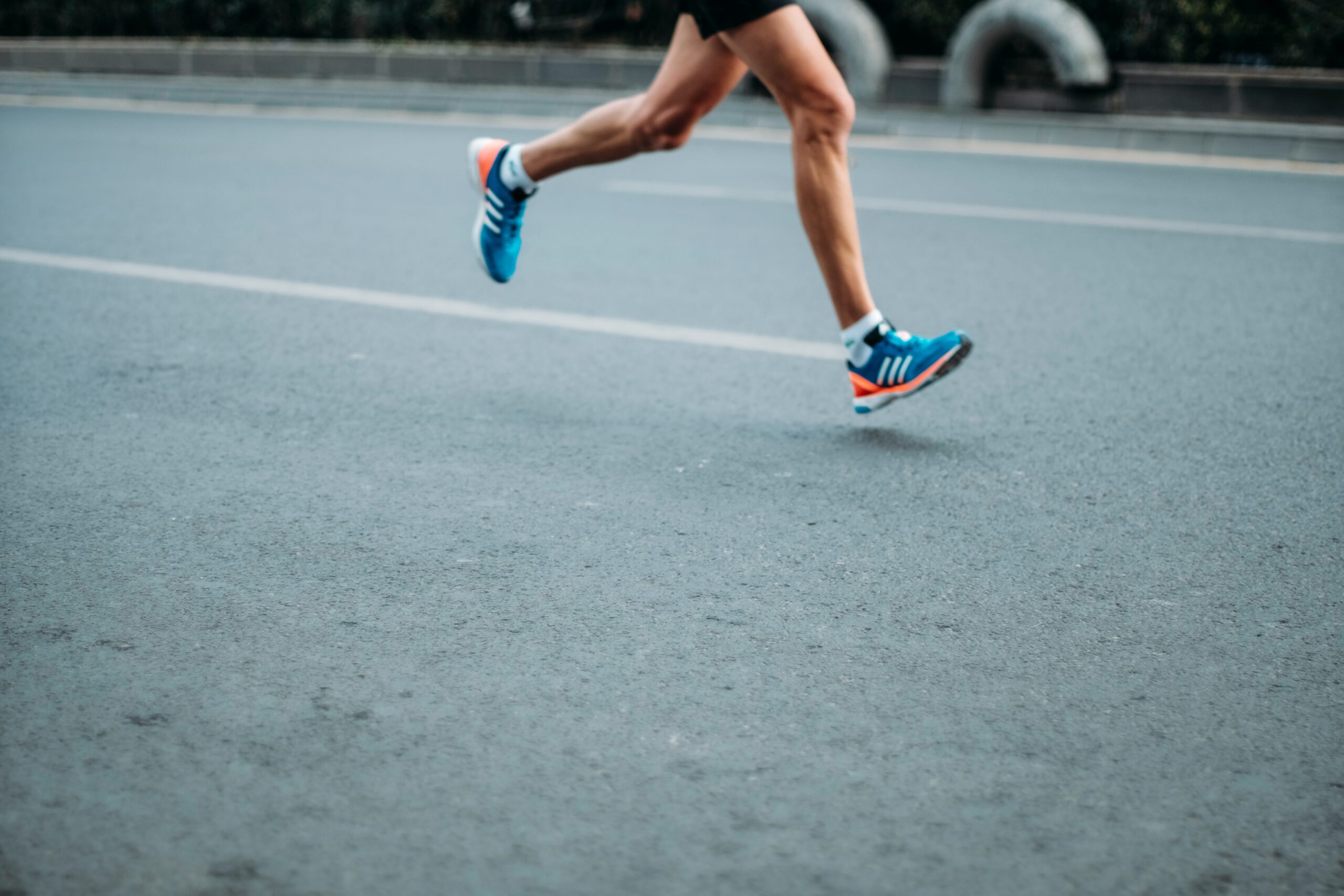Introduction to Shin Splints
Shin splints, medically known as medial tibial stress syndrome, are a common ailment among athletes, especially runners. They are characterized by pain along the inner edge of the shinbone (tibia).
What are Shin Splints?
Shin splints are the result of inflammation in the muscles, tendons, and bone tissue around the shin. They often occur due to repetitive stress on the shinbone and the tissues connecting the shinbone to the muscles surrounding it. This repetitive stress causes the muscles to swell and increases the pressure against the shinbone, leading to pain and inflammation.
Common Causes of Shin Splints
- Overuse: This is the most common cause. It’s especially prevalent among athletes who suddenly increase their training regimen or start a new sport.
- Improper footwear: Wearing shoes that don’t support your feet can put additional stress on your shins.
- Running on hard surfaces: Constantly running on hard surfaces like concrete can increase the risk of shin splints.
Symptoms and Diagnosis
Recognizing the Symptoms
The primary symptom of shin splints is pain in the shins. This pain can be sharp or dull, and it can occur both during and after exercise. Some people also experience swelling in the lower leg or a tender feeling when touching the shin.
Medical Diagnosis Procedures
If you suspect you have shin splints, it’s essential to see a doctor. They’ll likely ask about your exercise habits and examine your leg. In some cases, they might order an X-ray or other imaging tests to rule out fractures.
Risk Factors and Prevention
Athletes and Shin Splints
Athletes, especially those in sports that involve a lot of running or jumping, are at a higher risk of developing shin splints. However, with proper training and equipment, the risk can be minimized.
Proper Footwear and its Importance
Wearing the right shoes is crucial. Shoes that offer good arch and heel support can prevent shin splints. It’s also essential to replace them regularly, especially if you run often.
Training Techniques to Prevent Shin Splints
Gradually increasing your exercise intensity can help prevent shin splints. It’s also beneficial to mix up your workouts, so you’re not always doing the same repetitive motions.
Treatment and Recovery
Immediate First Aid for Shin Splints
If you think you have shin splints, it’s essential to rest, ice the affected area, compress, and elevate your leg (often referred to as the R.I.C.E. method).
Physical Therapy and Exercises
Physical therapy can be beneficial for those with shin splints. A physical therapist can teach you exercises to strengthen the muscles around your shin and improve your flexibility.
Medications and Their Role
Over-the-counter pain relievers can help reduce pain and inflammation. However, it’s essential to use them as directed and ensure they don’t interfere with any other medications you might be taking.
Understanding Shin Splints and Recovery
The Healing Process Explained
Recovering from shin splints can take time. The body needs to heal the inflamed tissues, which means rest is crucial. Depending on the severity, recovery can take anywhere from a few days to several months.
Duration of Recovery
Most people recover from shin splints in a few weeks. However, if they don’t take proper care and return to their regular activities too soon, they risk re-injury.
Alternative Therapies
Acupuncture and Shin Splints
Some people find relief from shin splints through acupuncture. This traditional Chinese medicine technique involves inserting thin needles into specific points on the body.
Massage Therapy Benefits
Massage can help relieve the symptoms of shin splints by improving blood flow to the affected area and reducing muscle tension.
Personal Experiences with Shin Splints
Athletes’ Tales of Recovery
Many athletes have faced and overcome shin splints in their careers. Their stories can provide inspiration and insight for those currently struggling with the condition.
Everyday People and Their Recovery Journeys
It’s not just athletes who suffer from shin splints. Everyday people can also develop this painful condition. Hearing their stories can offer hope and practical advice for recovery.
FAQs
- How can I differentiate between shin splints and a stress fracture?
- While both conditions can cause shin pain, stress fractures are usually localized to a specific spot, whereas shin splints tend to cause diffuse pain along the shin.
- Can I still exercise with shin splints?
- It’s essential to rest if you have shin splints. However, you can engage in low-impact activities that don’t strain the shins, like swimming.
- How often should I replace my running shoes?
- It’s generally recommended to replace running shoes every 300-500 miles.
- Are shin splints a sign of weak muscles?
- Not necessarily. However, strengthening the muscles around the shin can help prevent shin splints.
- Can shin splints lead to more severe conditions?
- If not treated properly, shin splints can lead to stress fractures.
- Is surgery ever required for shin splints?
- Surgery is rarely needed for shin splints. Most people recover with conservative treatments like rest and physical therapy.
Conclusion: The Road to Recovery
Shin splints can be a painful setback, but with the right knowledge and care, recovery is entirely possible. By understanding the causes, symptoms, and treatments, you can take steps to heal and prevent future occurrences. Remember, it’s always essential to listen to your body and seek medical advice.
For a deeper understanding of leg muscle injuries, recovery techniques, and preventive measures, explore our Injuries & Recovery Archives.

